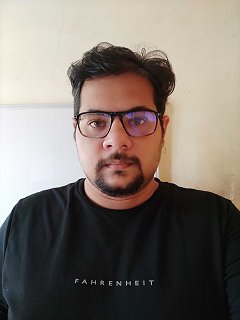Verification of Programs with Concealed ComponentsIn Person
Real-world programs contain a multitude of concealed components whose formal semantics not available to verification engines, like third-party API calls, inline assembly and SIMD instructions, system calls, sampling assignments from probability distributions and library calls. Albiet the success of program verification, proving correctness of such "open" programs has remained a challenge.
Currently, this problem is handled by manually "closing" the program—by providing hand-written mocks that attempt to capture the behavior of these concealed components. Most often, writing such mock code (stubs) is not only ardious, but are often erroneous, thus raising serious questions on the whole endeavor. In light of this challenge, we came up with a novel technique, almost verification as an attempt to prove correctness for such "open" programs.
Tue 6 DecDisplayed time zone: Auckland, Wellington change
13:30 - 15:00 | |||
13:30 30mTalk | Verification of Programs with Concealed ComponentsIn Person Doctoral Symposium Sumit Lahiri IIT Kanpur DOI | ||
14:00 30mTalk | Verification of Hardware and Software with Fuzzing and ProofsIn Person Doctoral Symposium Sujit Kumar Muduli IIT Kanpur DOI | ||
14:30 30mTalk | Programming Support for Local-First Software: Enabling the Design of Privacy-Preserving Distributed Software without Relying on the CloudIn Person Doctoral Symposium Julian Haas TU Darmstadt DOI | ||
